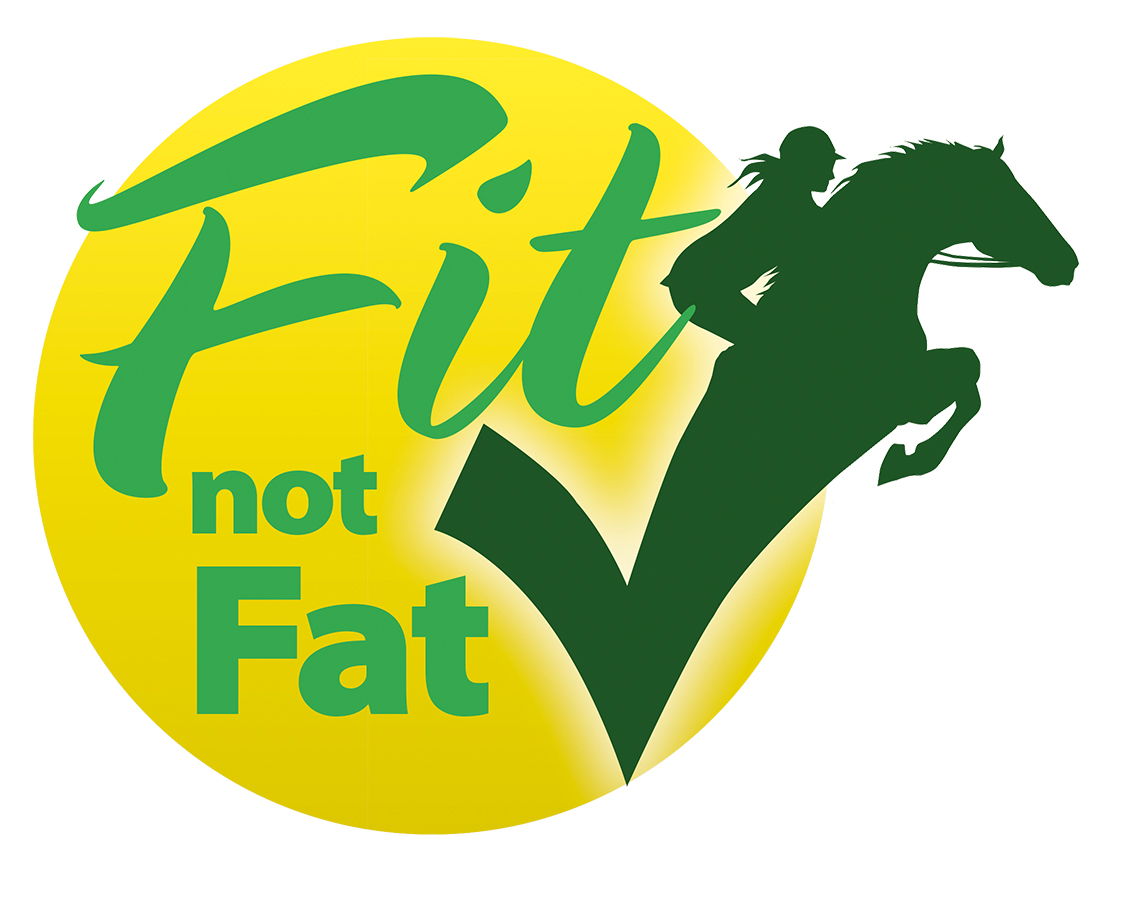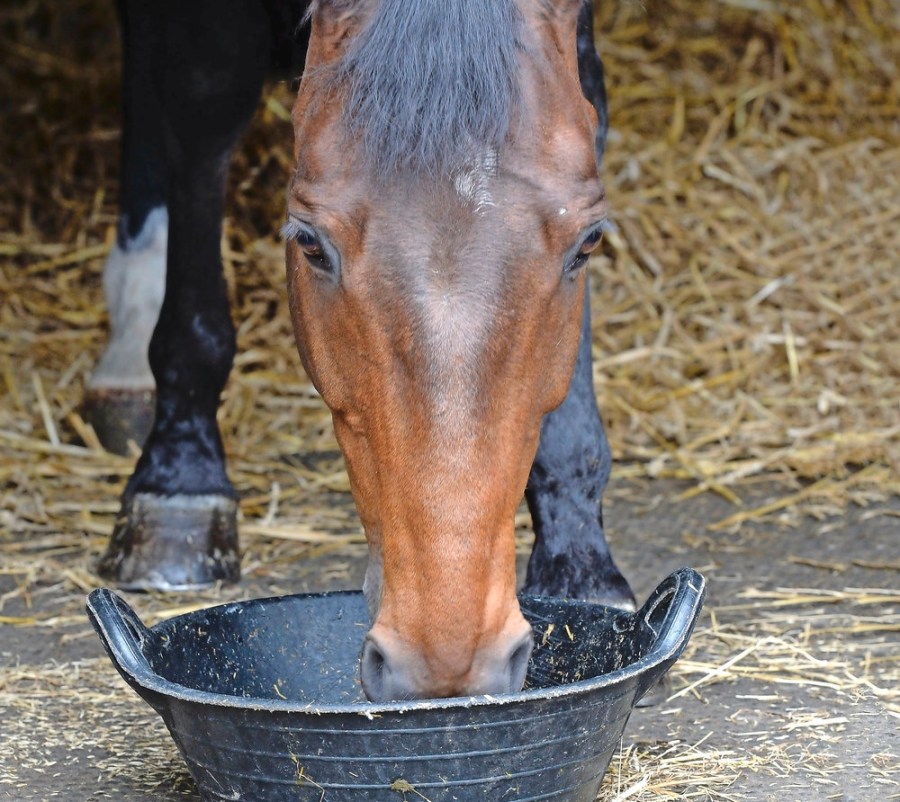In partnership with Dodson & Horrell
As one of the golden rules of feeding, ‘feeding the individual’ can be viewed as a dietary check list that should be considered when creating or reviewing your horse or pony’s diet. Think of it as an opportunity to address your horse’s unique traits and incorporate them into your feeding regime, helping to avoid preventable health issues and support longevity and vitality.
To implement individual feeding, it’s important to understand how each of the traits in the check list translate into product options. For example, if a warmblood who lacks energy were also overweight, a high energy product could be a tempting choice to provide more oomph. However, the energy might also equate to excess calories, which could increase body weight further and ultimately lead to them having even less energy.
Improving fitness and reducing weight could result in an energy boost, therefore prioritising weight loss through increased exercise and a lower calorie diet may be the best option.
Feeding a horse as an individual: check list
The dietary check list to apply to your horse when aiming to be feeding them as an individual includes:
- Age
- Breed
- Sex
- Fitness
- Body condition
- Workload
- Temperament
- Health status
Calculate what they are eating
Navigating feed labels to figure out which products are best suited to your individual horse is not always easy. There are so many feeds on the market which include high energy products with low feeding rates, high energy products with high feeding rates, low energy products with low feeding rates, and low energy products with high feeding rates.
The plethora of options means calculations become more important as the percentages on the bag only refer to the percentage contained within 1kg of feed. If the recommended feeding rate for your horse or pony’s weight means they’ll be consuming more than 1kg per day, those percentages must be turned into grams and multiplied by the total kg eaten per day. This total must be calculated to determine whether requirements are met, surpassed or left short.
For example, 12% starch of 1kg of feed equates to 120g of starch. If the feeding rate recommends that 3kg are provided, multiplying 120g by 3kg would get us to a total of 360g of starch consumed.
What is digestible energy?
Digestible energy (DE) in horse feed comes in three types:
- Proteins
- Carbohydrates
- Fats
It is therefore possible to reduce overall energy content of feed by reducing total DE consumed each day, while maintaining slightly higher amounts of one or two of the respective energy types. DE is calculated by multiplying the MJ/kg DE found on the feed bag by the total number of kg consumed per day.
Returning to my warmblood example, maintaining carbohydrates while lowering total DE via fats and proteins might help give a tiny bit of extra fizz while reducing total calories in the horse’s diet. This nutrient combination could help achieve the long-term goals of weight loss and increased fitness, as well as the short-term goal of increased gusto. Ultimately, this is what every horse and rider is striving to achieve: a horse who fit, not fat, and happy and healthy.
For support, your vet or nutritionist can help steer you in the right direction.
 Have you heard about Your Horse’s #FitNotFat campaign, which is supported by Dodson & Horrell? Equine obesity is an enormous welfare problem and we’re on a mission to provide owners and riders with the knowledge, skills and information you need to keep your horse in tip-top health. It could be life saving!
Have you heard about Your Horse’s #FitNotFat campaign, which is supported by Dodson & Horrell? Equine obesity is an enormous welfare problem and we’re on a mission to provide owners and riders with the knowledge, skills and information you need to keep your horse in tip-top health. It could be life saving!








